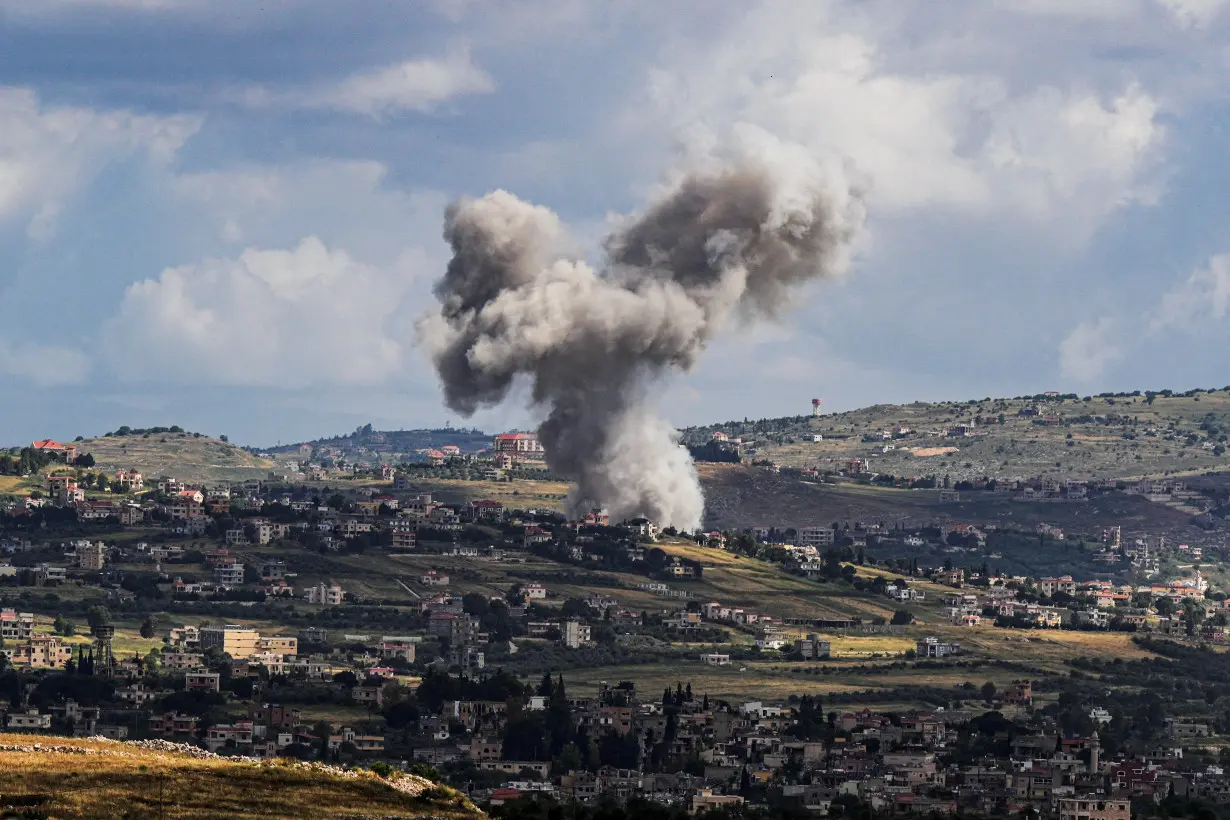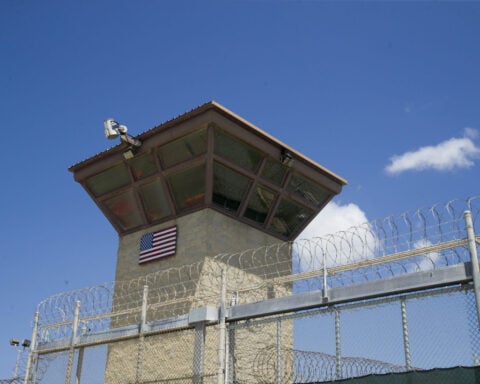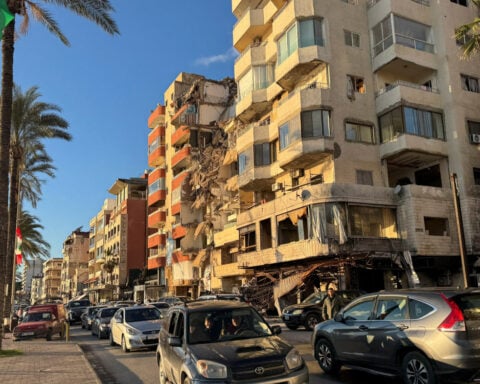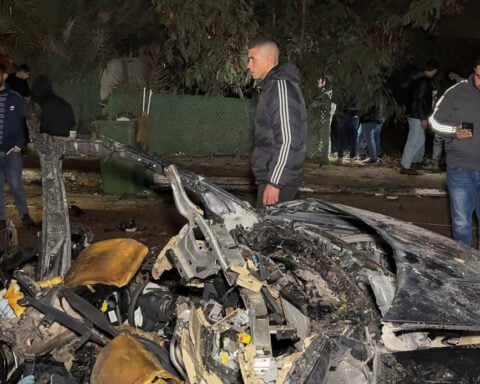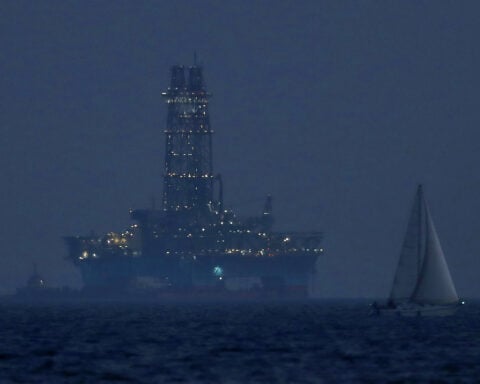(Reuters) - Israel's chief of staff has said it is nearing a decision on an offensive along the frontier with Lebanon against the Iran-backed Hezbollah after months of cross-border exchanges of fire.
Here is a timeline of decades of conflict involving Israel and Lebanon.
1948
Lebanon fights alongside other Arab countries against the nascent state of Israel. Some 100,000 Palestinians who fled or were expelled from their homes in what had been British-ruled Palestine during the war arrive in Lebanon as refugees. Lebanon and Israel agree an armistice in 1949.
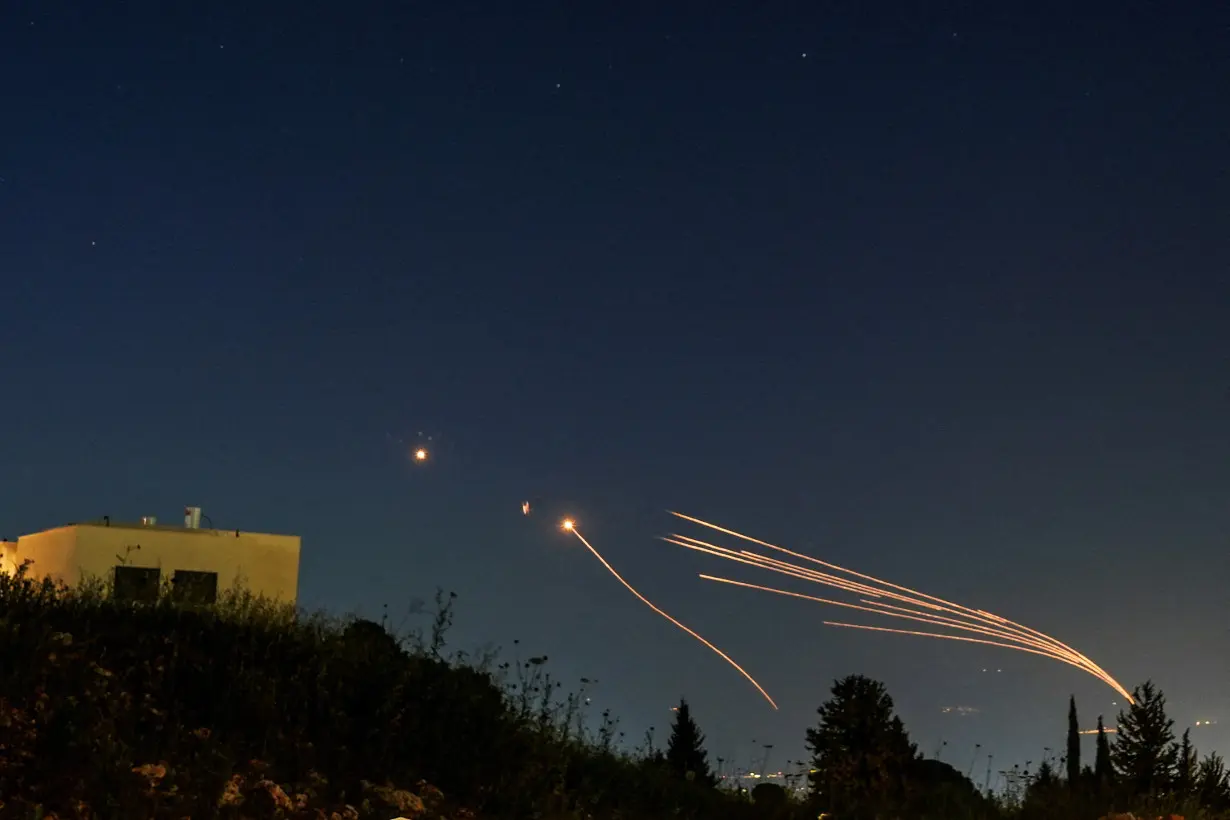
1968
Israeli commandos destroy a dozen passenger planes at Beirut airport in response to an attack on an Israeli airliner by a Lebanon-based Palestinian guerrilla group.
The Palestine Liberation Organisation (PLO) relocates to Lebanon two years later after its expulsion from Jordan, leading to increased cross-border flare-ups.
1973 - Disguised Israeli special forces shoot dead three Palestinian guerrilla leaders in Beirut in retaliation for the killing of Israeli athletes at the 1972 Munich Olympics.
Palestinian guerrilla raids into Israel and Israeli military reprisals on targets in Lebanon intensify during the 1970s, leading many Lebanese to flee the south and aggravating sectarian tensions inside Lebanon, where civil war is starting.
1978
Israel invades south Lebanon and sets up a narrow occupation zone in an operation against Palestinian guerrillas after a militant attack near Tel Aviv. Israel backs a local Christian militia called the South Lebanese Army (SLA).
1982
Israel invades Lebanon all the way to Beirut in an offensive that followed tit-for-tat border fire.
Thousands of Palestinian fighters are evacuated by sea after a bloody 10-week siege of the Lebanese capital involving heavy Israeli bombardment of West Beirut.
Hundreds of civilians in the Palestinian refugee camps of Sabra and Shatila are massacred by Christian militiamen allowed in by Israeli troops after Lebanon's newly elected Maronite Catholic president is killed by a car bomb.
Iran's Revolutionary Guards establish Hezbollah in Lebanon.
1985
Israel pulled back from central Lebanon in 1983 but retained forces in the south. It now establishes a formal occupation zone in southern Lebanon, about 15 km (nine miles) deep, controlling the area with its SLA ally. Hezbollah wages guerrilla war against Israeli forces.
1996
With Hezbollah regularly attacking Israeli forces in the south and firing rockets into northern Israel, Israel mounts a 17-day "Operation Grapes of Wrath" offensive that kills more than 200 people in Lebanon, including 102 who die when Israel shells a U.N. base near the south Lebanon village of Qana.
2000
Israel withdraws from southern Lebanon, ending 22 years of occupation.
2006
In July, Hezbollah crosses the border into Israel, kidnaps two Israeli soldiers and kills others, sparking a five-week war involving heavy Israeli strikes on both Hezbollah strongholds and national infrastructure.
While Israeli ground forces move into southern Lebanon, much of the conflict is conducted by Israeli airstrikes and Hezbollah rocket fire. It ends without Israel achieving its military objectives and with Hezbollah declaring it a "divine victory".
At least 1,200 people in Lebanon, mostly civilians, and 158 Israelis, mostly soldiers, are killed.
2023-24
Hezbollah begins trading fire with Israel on Oct. 8, a day after the Palestinian militant group Hamas attacked communities in southern Israel and sparked the Gaza war.
Hezbollah, a Hamas ally, says its attacks aim to support Palestinians under Israeli bombardment in the Gaza Strip.
Tens of thousands of people are forced to flee their homes on both sides of the Lebanese-Israeli border. Israeli airstrikes pound areas where Hezbollah operates in southern Lebanon and in the Bekaa valley to the northeast near the Syrian border.
(Compiled by Tom Perry and Angus McDowall; editing by Mark Heinrich)

 Mighty Eighth Air Force set to celebrate 83rd anniversary
Mighty Eighth Air Force set to celebrate 83rd anniversary
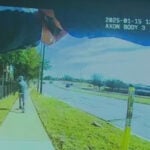 Police release video of 2 separate shootings involving officers
Police release video of 2 separate shootings involving officers
 Justice Department curtails prosecutions for blocking reproductive health care facilities
Justice Department curtails prosecutions for blocking reproductive health care facilities
 Trump signs memo that moves Lumbee Tribe closer to federal recognition
Trump signs memo that moves Lumbee Tribe closer to federal recognition
 Meta to test ads on Threads in US and Japan
Meta to test ads on Threads in US and Japan
 How Italy's MPS went from near collapse to bid for revered merchant bank
How Italy's MPS went from near collapse to bid for revered merchant bank
 How billionaire Caltagirone could influence Italy's banking M&A wave
How billionaire Caltagirone could influence Italy's banking M&A wave
 Travis Kelce says he 'used to dream' of playing QB the way Josh Allen does
Travis Kelce says he 'used to dream' of playing QB the way Josh Allen does
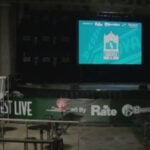 SoxFest returns after 4-year hiatus with new "live" format on Chicago's South Side
SoxFest returns after 4-year hiatus with new "live" format on Chicago's South Side
 Saquon Barkley is running his way into the NFL record book, and possibly his 1st Super Bowl
Saquon Barkley is running his way into the NFL record book, and possibly his 1st Super Bowl
